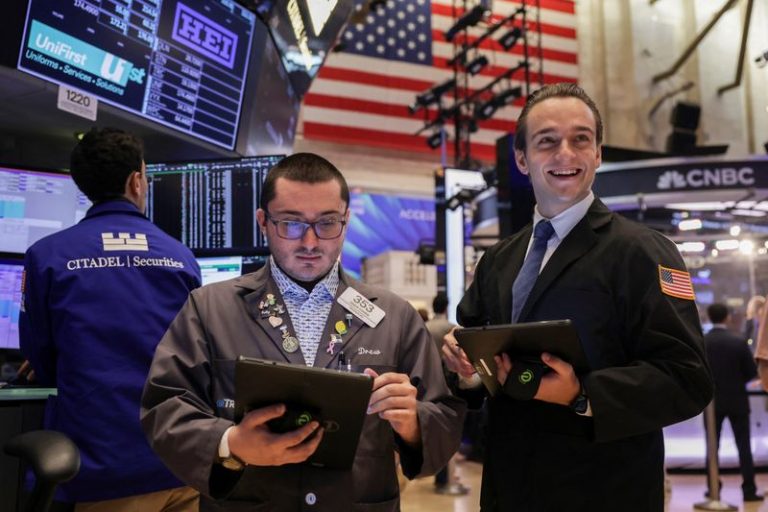The US announcement to hike tariff on Indian goods is expected to have at least a short-term impact on exports and economic growth but analysts believe that it would be marginal in nature as India continues to be driven by domestic consumption. It is also expected that India may still be able to clinch a bilateral trade deal with the US by October this year as negotiations between the two countries continue.
The US plans to impose reciprocal tariffs of 25% including the baseline 10% tariff already in effect along with an unspecified penalty on Indian goods. According to analysts, the average tariff would come in at a little higher than 20% but would impact sectors including pharmaceuticals, gems, and textiles the most, which are key Indian exports. Other key exports to the US from India include smartphones, industrial machinery that are also likely to face pressure. The US has already levied higher tariffs on steel and aluminium and auto and auto components.
“As things stand, we estimate that the effective average US import tariff on Indian goods is at 20.6% in trade-weighted terms. This is sharply higher than both the pre ‘liberation day’ tariff rate of 2.7% and the 90-day pause tariff rate of 11.6%. In contrast, India’s import tariff on US goods is lower, at 11.6% in trade-weighted terms,” Barclays said in a note on Thursday.
The agency further noted that the Indian economy is relatively closed, with domestic demand as the mainstay of growth. “We do not see the 25% announced tariff meaningfully impacting GDP growth, pegging the likely impact at about 30 basis points,” it said.
Expectations are that final tariffs could settle at lower than 25% with bilateral trade talks continuing. “Indian officials are planning to continue negotiating for a bilateral trade deal by this fall even if the US follows through with the announced tariffs on August 1,” Barclays pointed out.
The Reserve Bank of India has projected GDP growth at 6.5% this fiscal with most analysts also estimating the economy to grow at about 6.2% to 6.5% this fiscal.
Aditi Raman, Associate Economist, Moody’s Analytics also noted that while the US is India’s largest trade partner, the Indian economy is relatively more domestically oriented than most of the region and relies far less on trade. “Pharmaceuticals, gems, and textiles are key sectors that are likely to be hit,” she said.
Emkay Global Financial Services pointed out that India’s exports to the US are only 2% of GDP, with much lower value-add embedded in them. “Our previous static analysis suggests that India’s US exports could drop by $30 billion to $33 billion (0.8-0.9% of GDP) at 25%+ tariffs, not adjusting for the complexity of dynamic cross-country hits and responses,” it said in a note, adding that while the announcement adds some downside tail risk, it is too early to consider actual forecast changes.
Nomura has maintained its FY26 GDP growth forecast at 6.2% y-o-y for India but with a downside risk of about 0.2 percentage points. “With Vietnam’s tariffs set at 20%, India’s tariffs of 25% or even a 15% tariff (in the best-case scenario), may not lead to any major trade diversion opportunities in the near term,” it said. Over the medium-term though, it still expects India to remain a beneficiary of the China plus one strategy, as diversification is a bigger driver of this trend.






